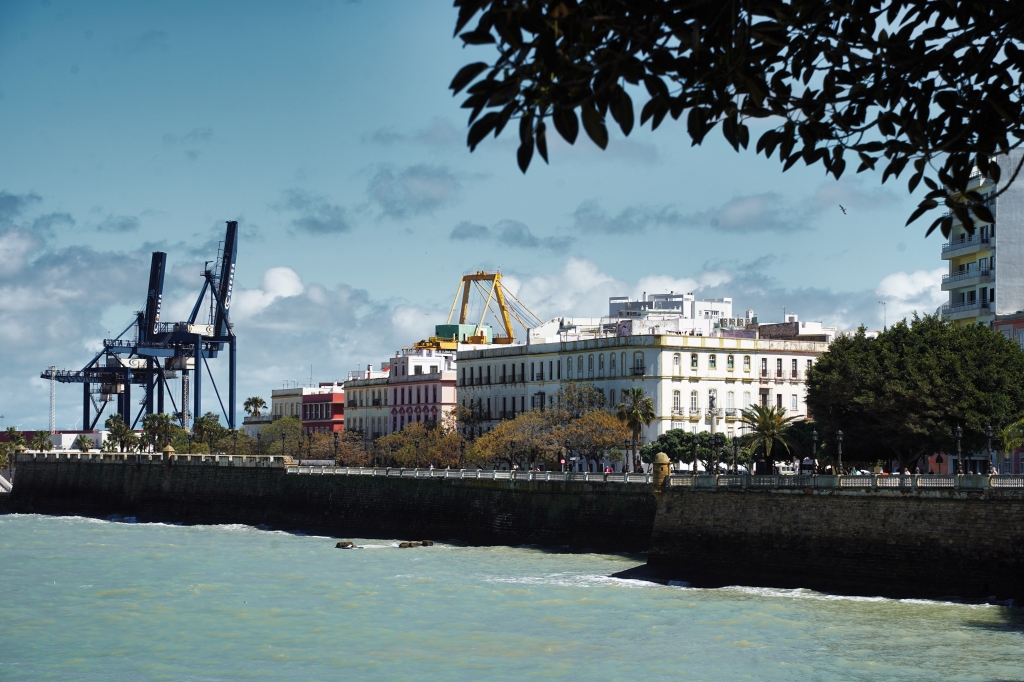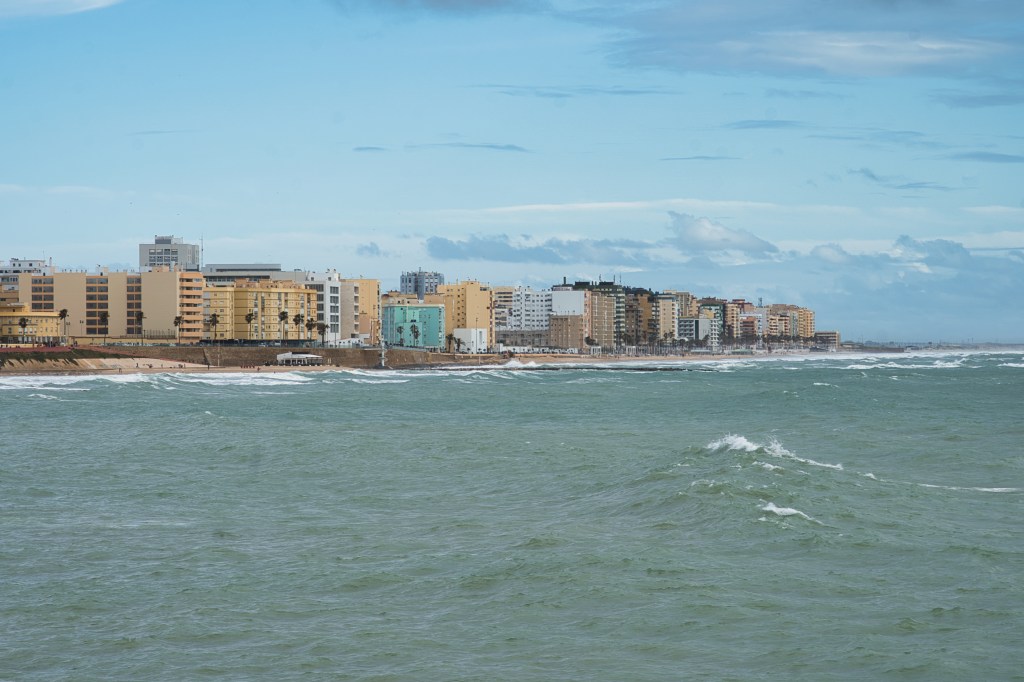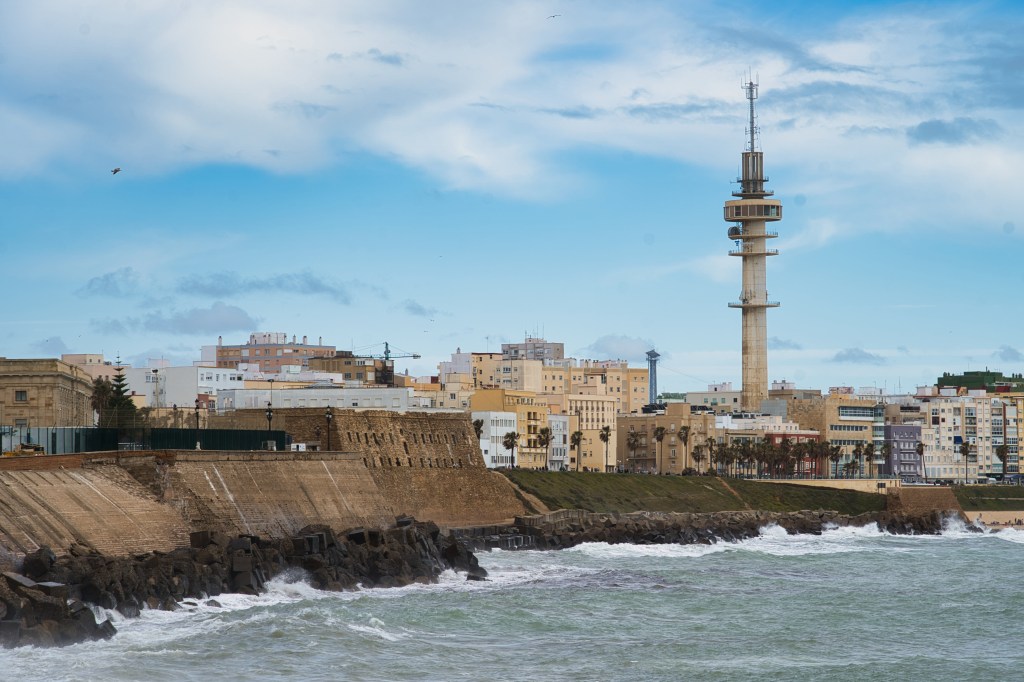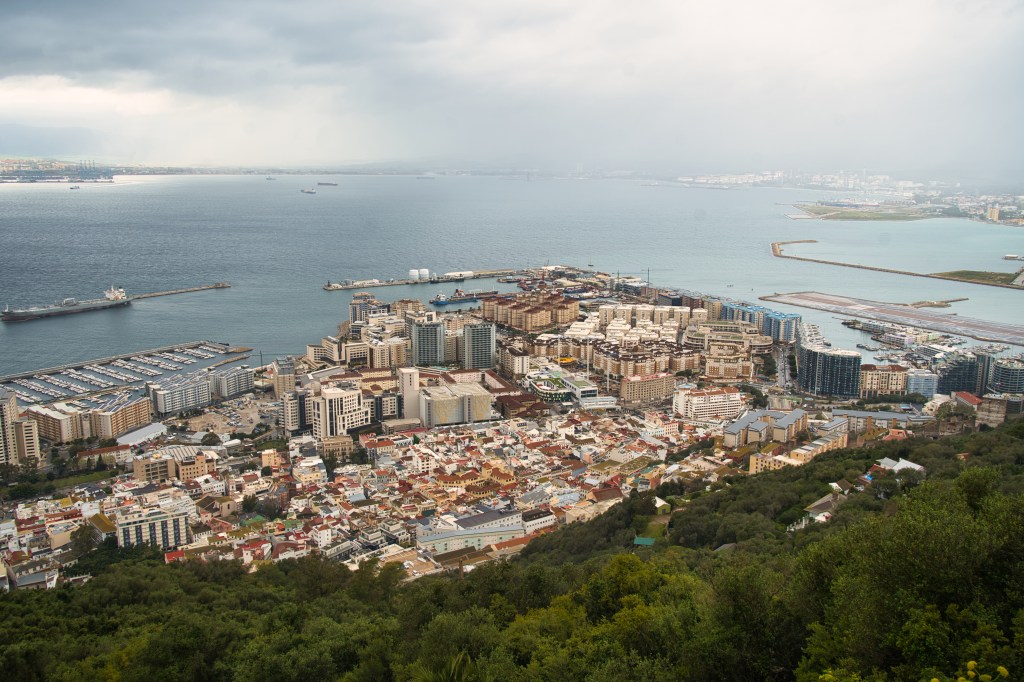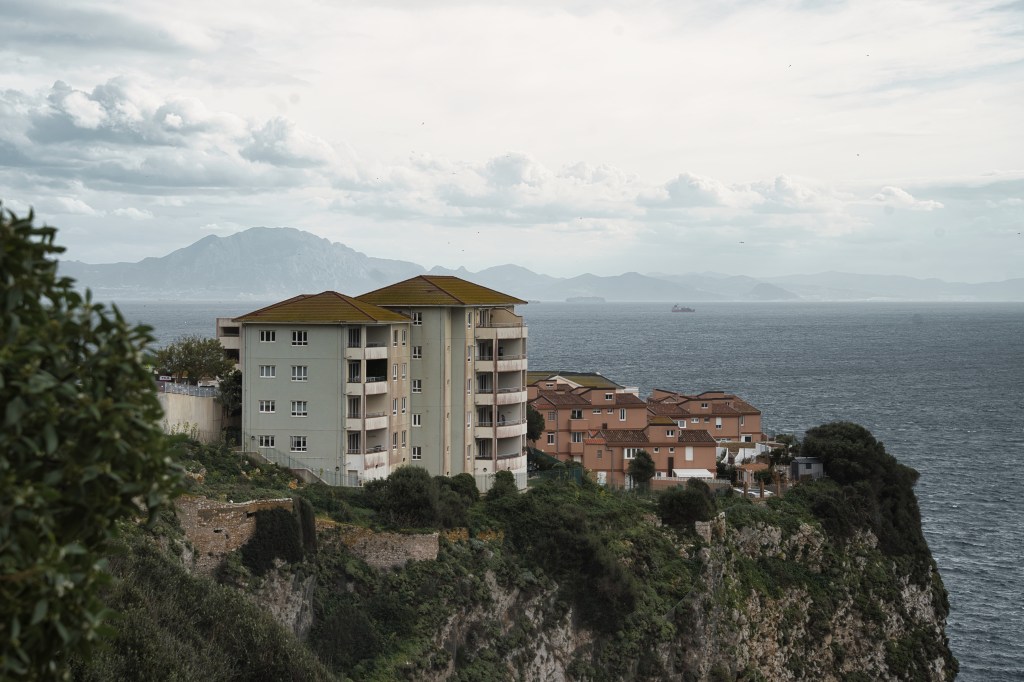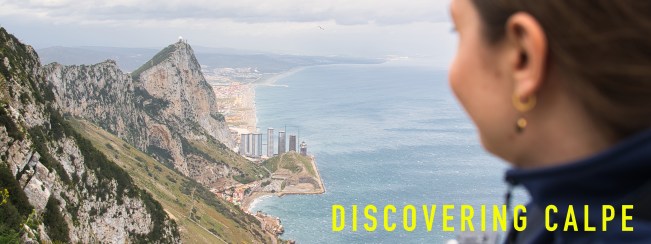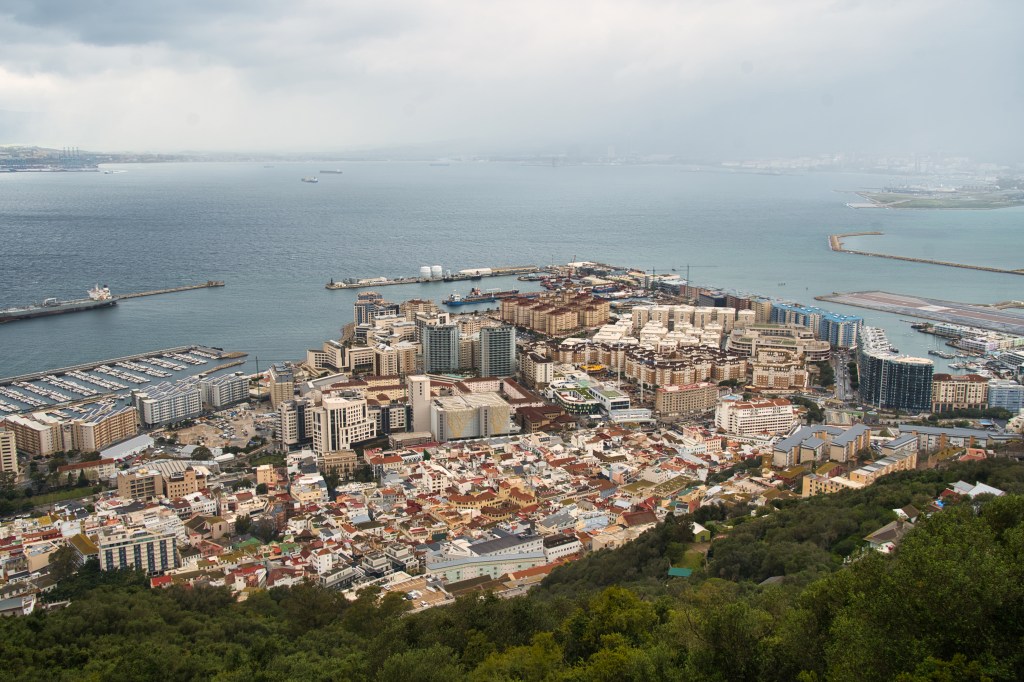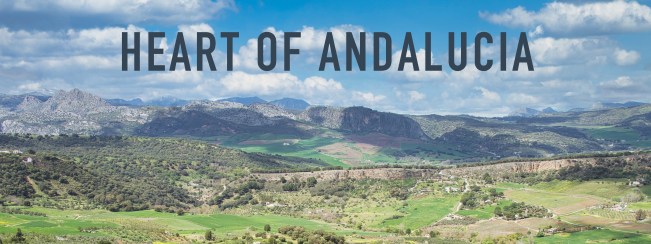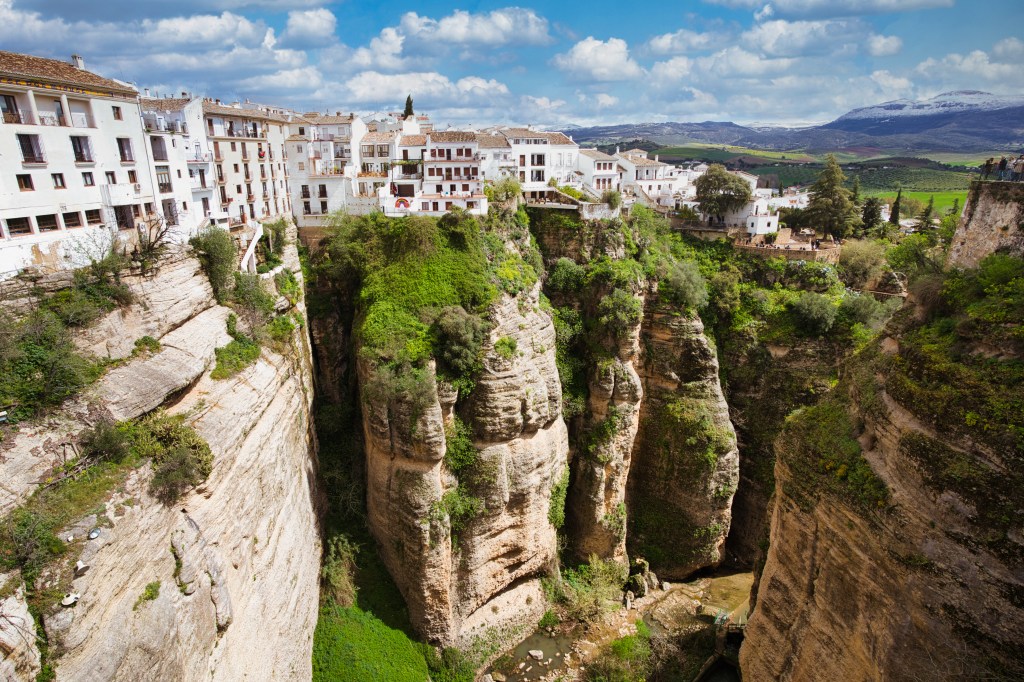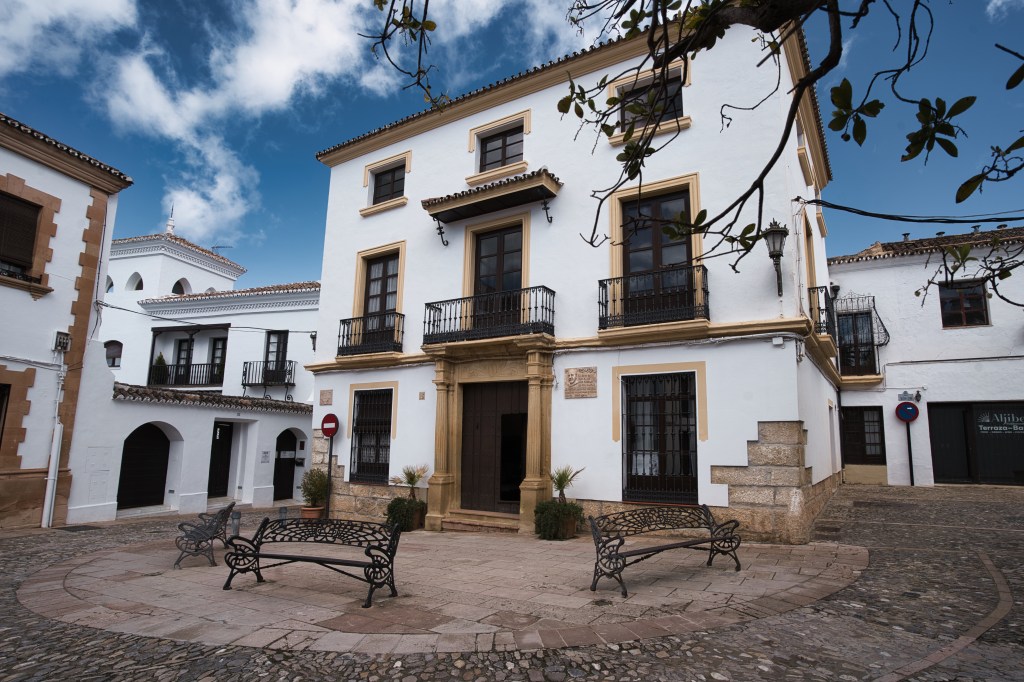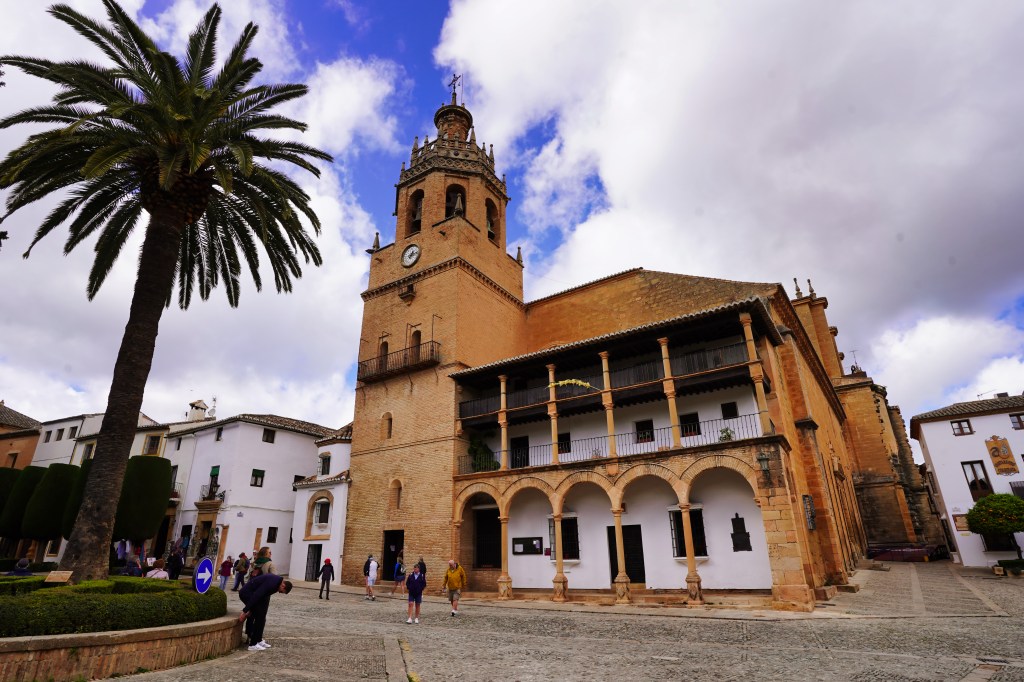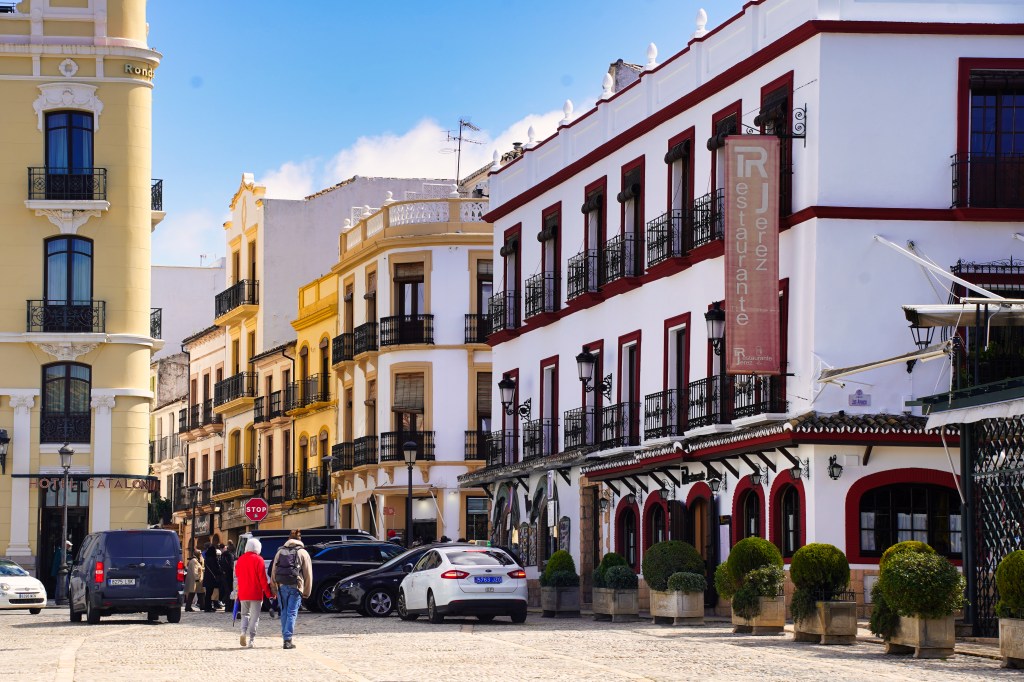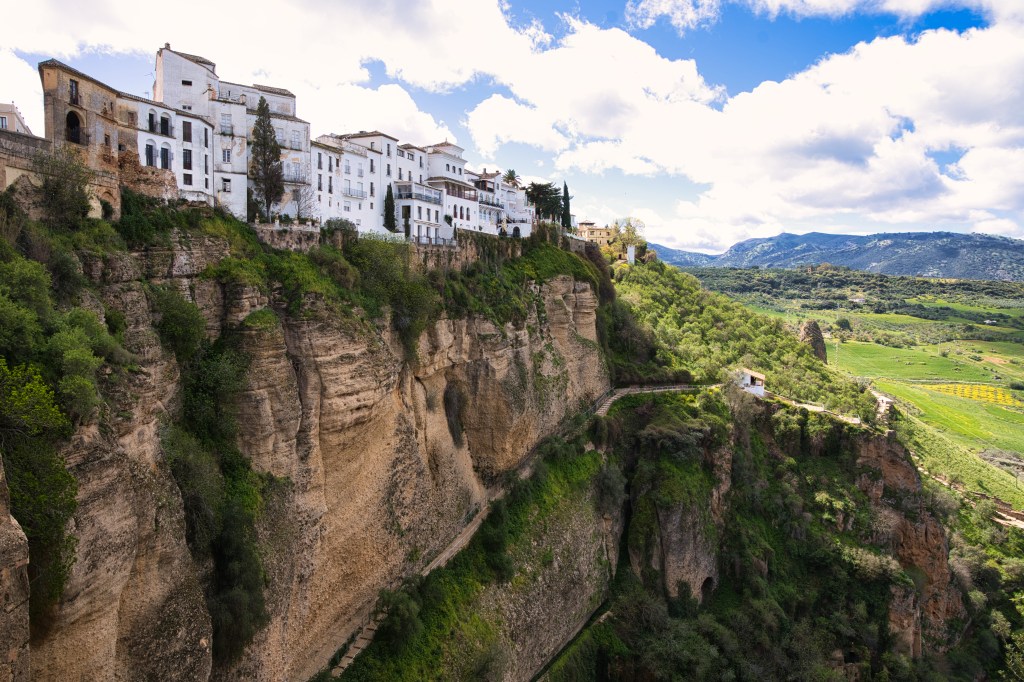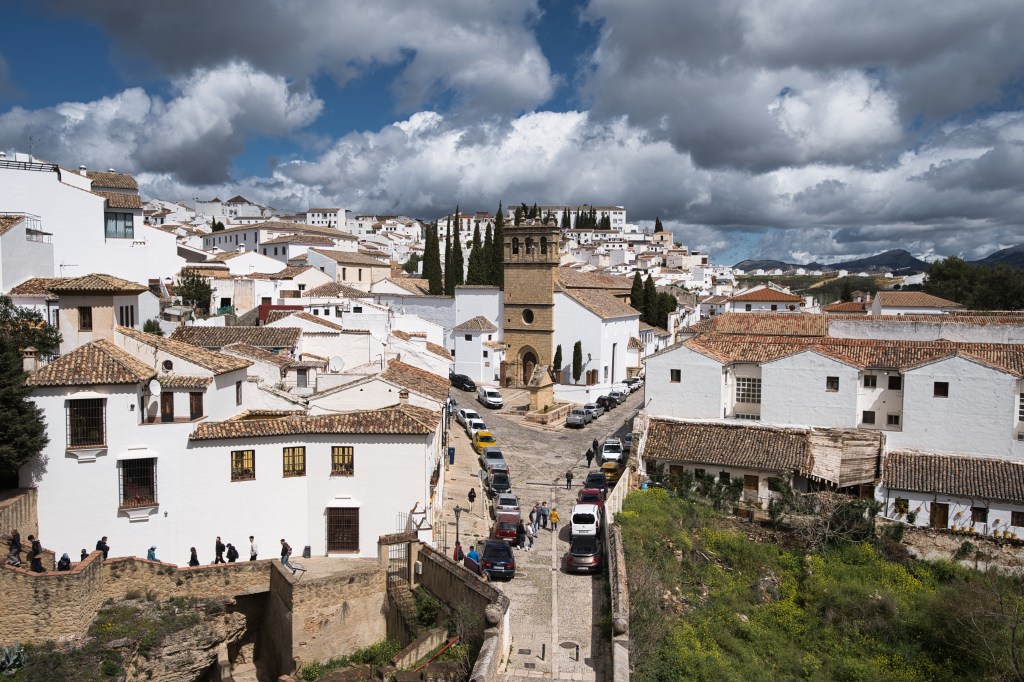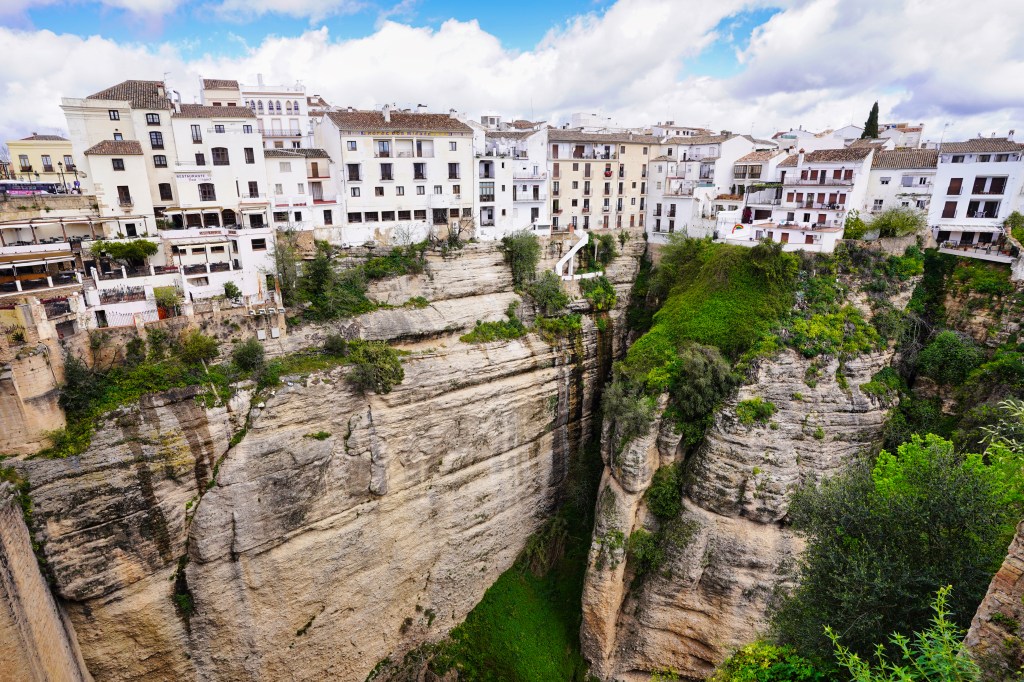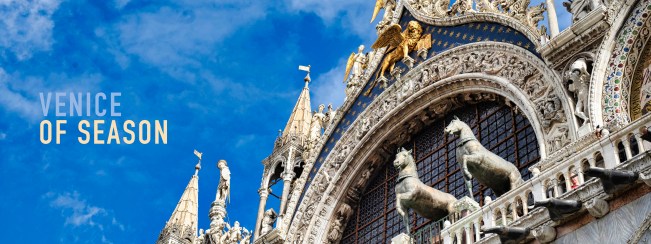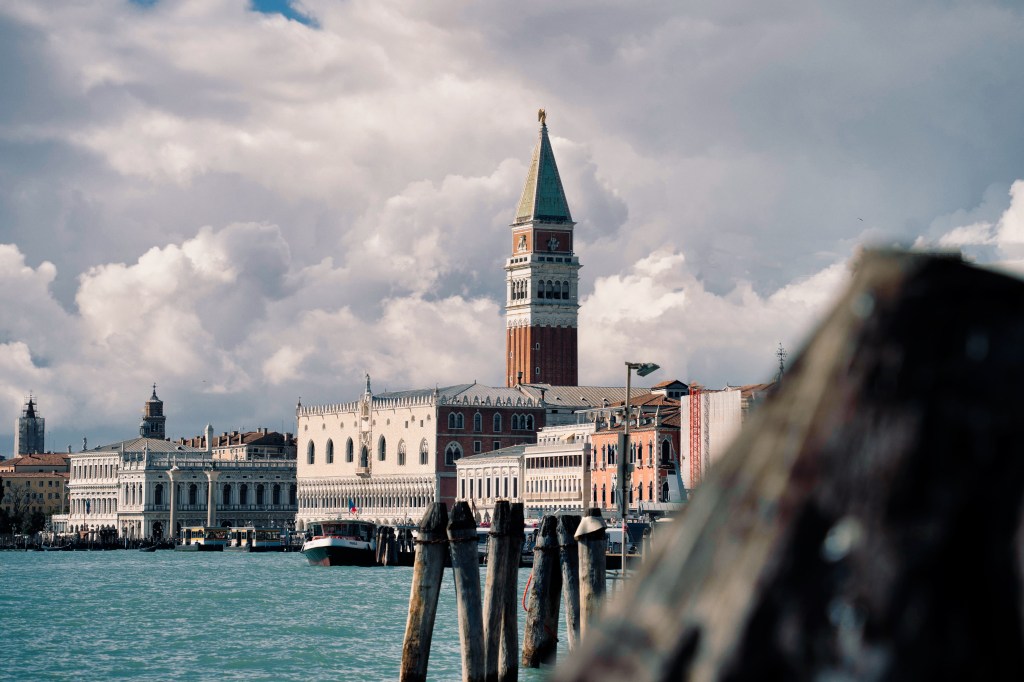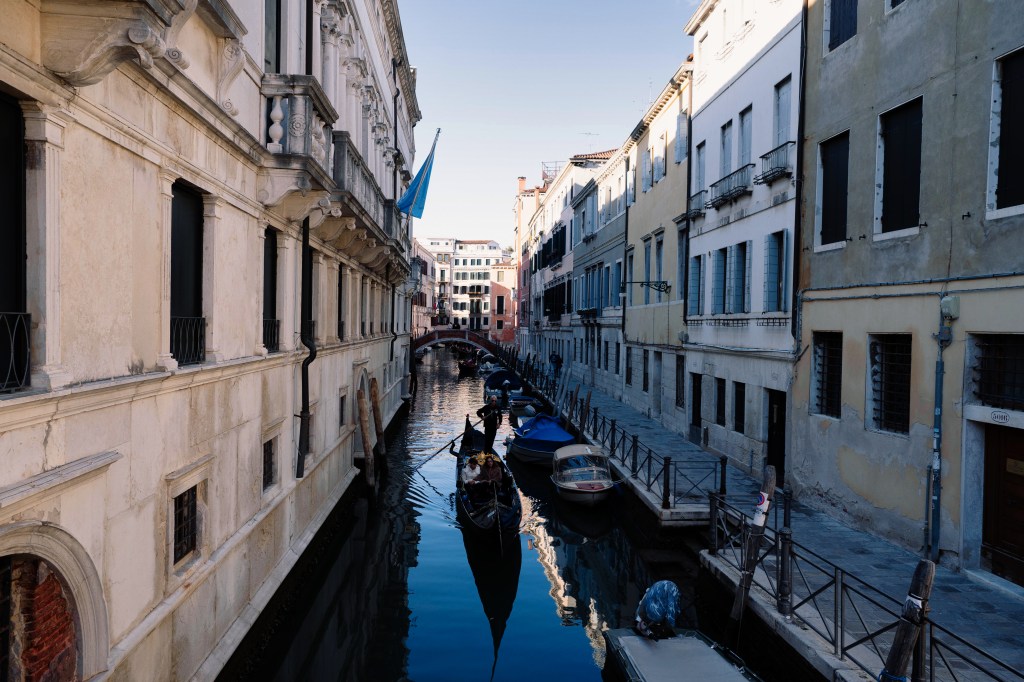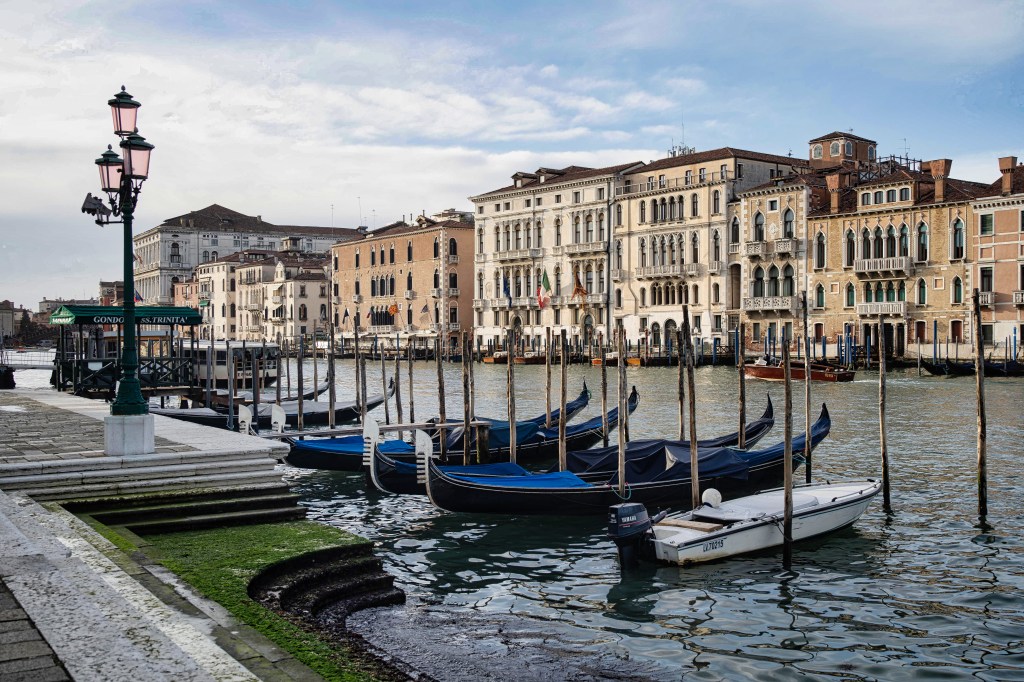Founding City

Nestled along the sun-kissed shores of southwestern Spain, Cadiz emerges as a beacon of antiquity and historical significance. Revered as the oldest continuously inhabited city in Western Europe, Cadiz holds the distinguished title of being Europe’s founding city, a testament to its enduring legacy and pivotal role in shaping the course of history.
With roots tracing back over three millennia, Cadiz stands as a living testament to the passage of time and the resilience of human civilization. Founded by the Phoenicians around 1104 BC, the city served as a vital hub for maritime trade and cultural exchange in the ancient Mediterranean world. Its strategic location on a narrow isthmus jutting into the Atlantic Ocean endowed it with natural defenses and made it a coveted prize for successive civilizations.
Throughout its storied history, Cadiz has borne witness to the rise and fall of empires, the ebb and flow of conquest and colonization. From the Phoenicians to the Carthaginians, Romans to Visigoths, Moors to Christians, each successive wave of inhabitants has left an indelible mark on the city’s landscape and character. The remnants of these diverse cultures can still be seen today in Cadiz’s architecture, cuisine, and customs, a living mosaic of the past and present.


